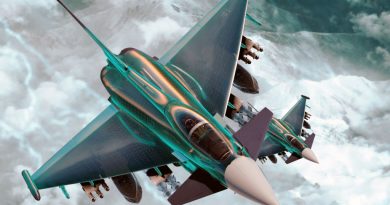
New version and launch customer for Leonardo A244/S light-weight torpedo
The Leonardo group has further evolved its family of successful and proven A244/S light-weight torpedoes (LWT) introducing a new version and gaining its first launch customer. No further information has been provided on the international operator, without identifying it as a new or current operator.
Based on the insertion of advanced technologies in the propulsion and platform controls derived from the experience developed with its portfolio of LWT and Heavyweight Torpedo (HWT) programmes, Leonardo has developed a new version of the A244/S LWT called Mod 4 as a new production weapon system or as an upgraded package for in-service torpedoes to extend their operational life/envelope and enhance performances at reduced life-cycle costs. In service with more than 16 navies worldwide, including India, Singapore, Malaysia, Indonesia, UAE, Chile and Colombia, the current Mod 3 version is capable to cope with modern conventional and nuclear submarines.
Capable to be easily launched from any surface platform and rotary-wing platform, the Mod 3 is equipped with an advanced digital signal processor module, which is capable to classify and track several threats simultaneously, allowing a clear discrimination between threat and countermeasures, according to Leonardo. With very low radiated noise thanks to the electric motor, the A244/S Mod 3 can reach its highest speed independent of the operational depth.
In addition to new software releases already incorporated in the Mod 3 version, based on latest operational scenarios requirements asking for more maneuverable and higher speed underwater weapon systems, the Mod 4 upgrade is capable of achieving a maximum speed estimated by EDR On-Line over 40 knots at max operational depth, although the Italian group doesn’t confirm or elaborate on the specific feature and propulsion system. The maneuvering capabilities of the LWT are enhanced through the introduction of four independent rudders (the same configuration chosen for the MU-90 LWT) instead being mobile as couple (2+2), especially when launched by airborne platforms.
Photo courtesy Leonardo



